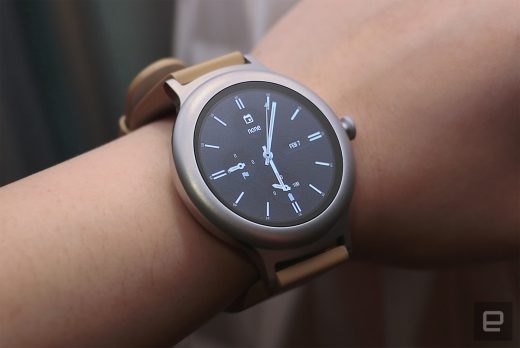The worst gadgets of 2017
2017 was not a great year, to say the least. And it wasn’t just the weekly political dramas, sexual harassment scandals or a massive security breach that affected nearly half the population that had us down. There was also a slew of terrible consumer devices that sullied our mood this year. Before we say goodbye to them, though, let’s relive the horror one last time. Here’s hoping that 2018 brings us better gadgets than this sorry lot.
Atari Speakerhat
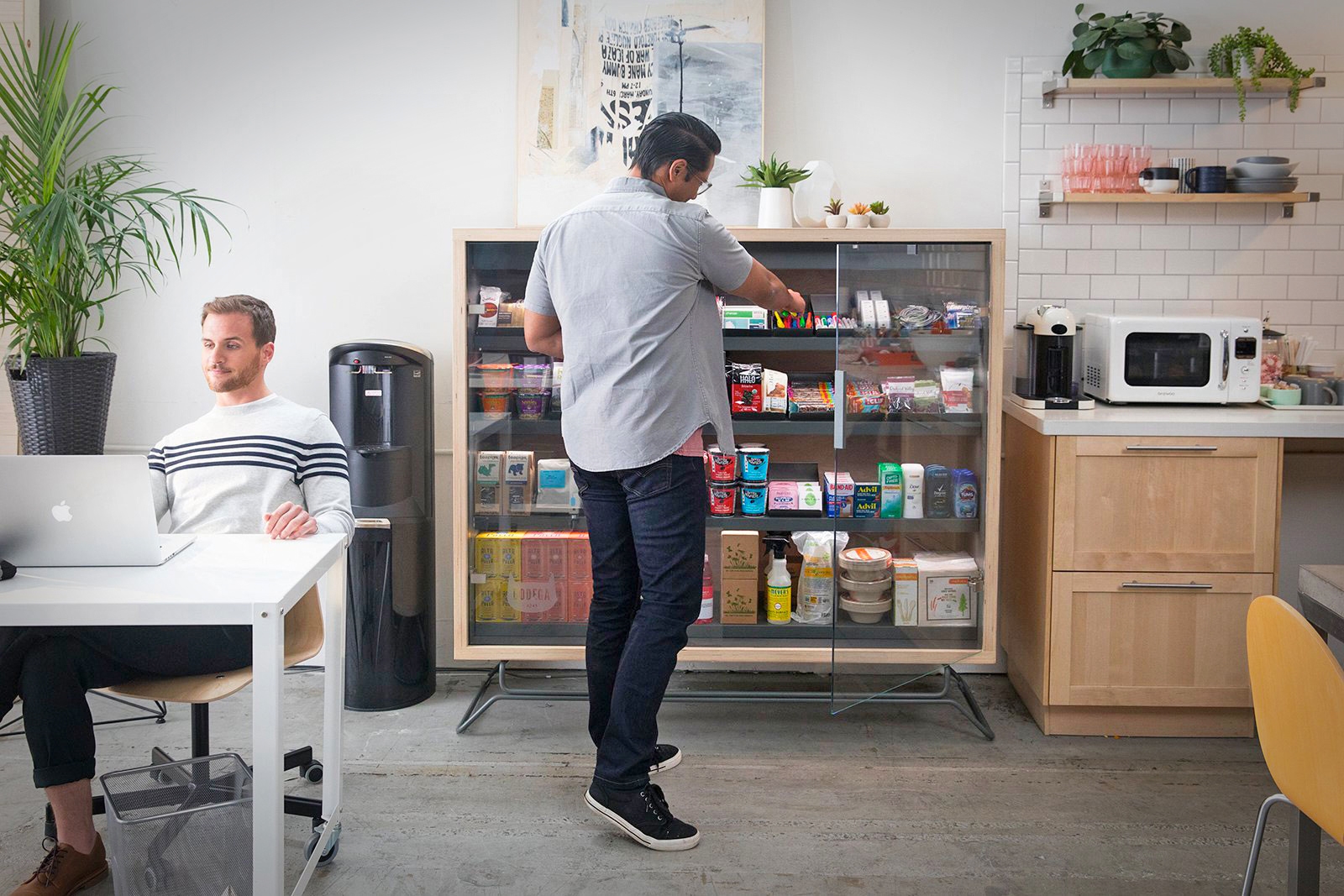
Every once in a while, there’s a product that just makes you go “Why?” And Atari’s new line of Speakerhats is definitely that. As its name suggests, the Speakerhat is essentially a baseball cap with a Bluetooth speaker embedded right in the brim. Atari is apparently marketing this at fitness enthusiasts who don’t mind blasting their musical tastes to the world as they run laps. There’s also a microphone, giving you the option of having loud conversations in the middle of the park and looking crazier than you would if you were wearing a pair of headphones.
What’s more, Atari says the Speakerhat has a Multiplayer mode that allows multiple users to listen to a single audio stream, as if that’s somehow better than normal pair of speakers. On top of all of that?, these caps retail for at least $130. If you’re that much of an Atari fanboy, we’d recommend saving that cash for the upcoming Ataribox instead.
Nissin’s ramen fork
In Japan, slurping your ramen is a sign of respect for the cook. Plus, the noodles supposedly taste better that way. In most Western cultures, however, that wet sloppy sound is more rude than appetizing. So Nissin, the makers of Cup Noodle and Top Ramen, developed the Otohiko, a noise-cancelling ramen fork. No, this isn’t a joke. It’s real. And it costs an eye-watering $130.
Juicero
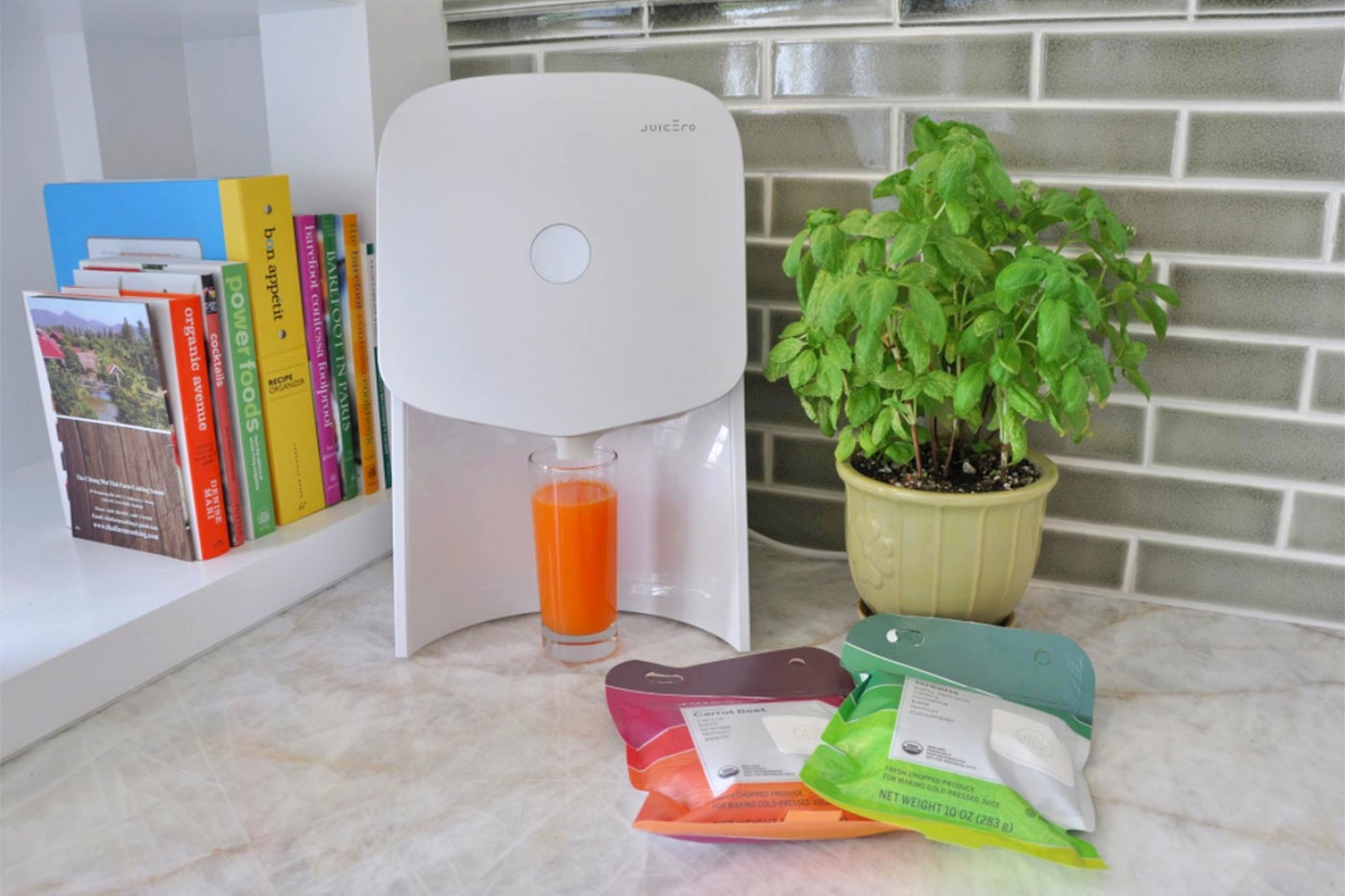
Even though Juicero technically debuted in 2016, it wasn’t until 2017 that it met its epic end, and it’s for that reason we’re naming it one of the worst gadgets of the year. Not only did it a cost a whopping $400 — which was actually a drop from its original $700 asking price — but you couldn’t use it to juice fruit and vegetables you bought from the store. Instead, the over-priced gadget only worked with proprietary packets of blended-up produce (priced at $4 to $10 each) that were only available through a subscription. Yes, it was basically an overpriced bag-squeezer.
It sounds dumb and, well, a lot of other people thought so, too. Adding to the embarrassment, a Bloomberg report revealed earlier this year that you could simply squeeze those packets with your hands to get at the juice, no machine required. And, despite Juicero’s claim that its machine delivered better results, and that its WiFi connectivity made subscriptions easier, the company ended up refunding unsatisfied customers anyway. In the end, no amount of hype could salvage this bad idea.
LG Watch Style smartwatch
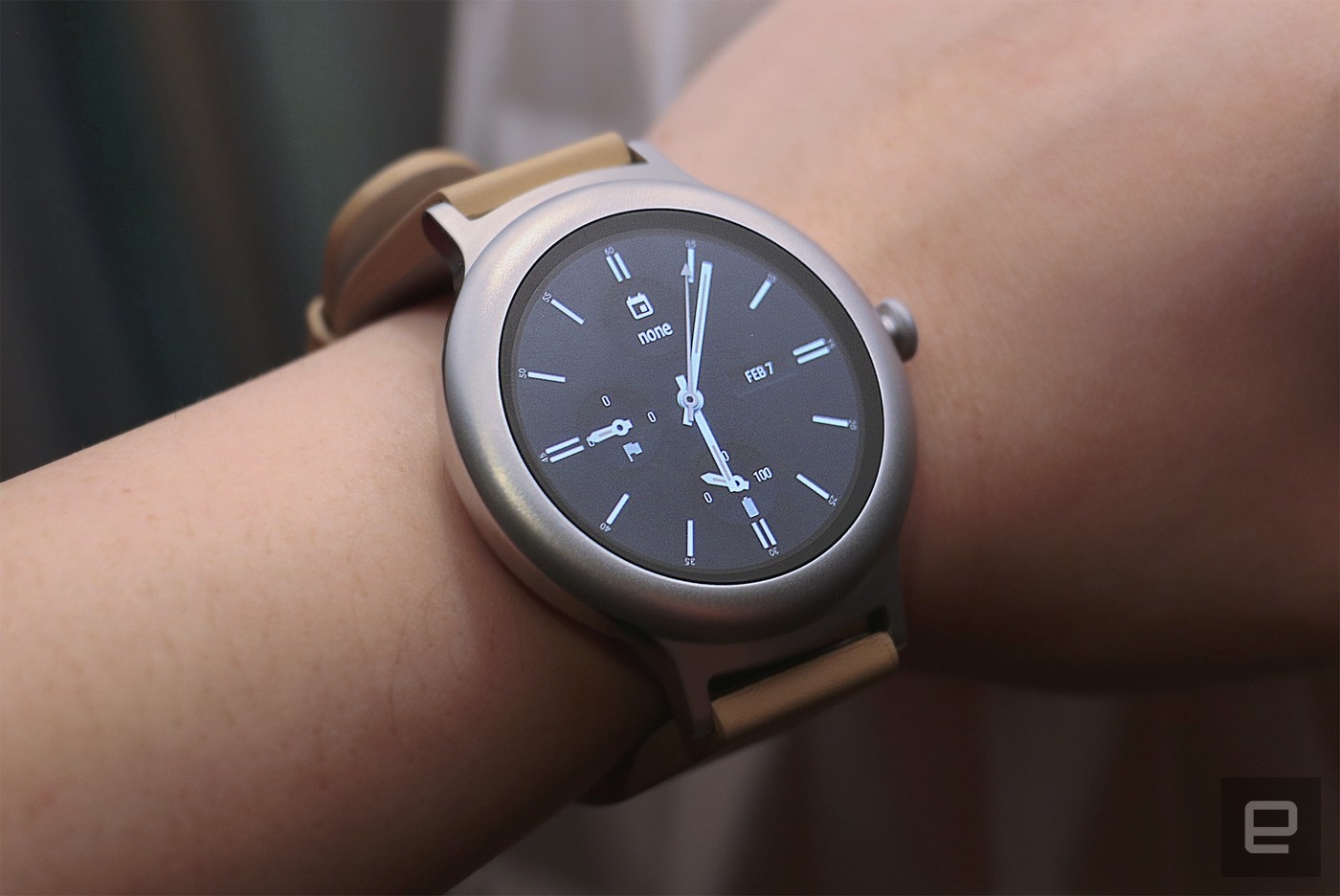
If the past few months are any indication, the future isn’t bright for wrist-worn wearables. Brands like Pebble and Jawbone fell by the wayside, Tom Tom left the market altogether, and even category leader Fitbit struggled to bring its first smartwatch to market. Instead, the industry seems to be shifting toward lifestyle brands that emphasize style over substance. Which is what makes the LG Watch Style such a mistake.
With a name like the LG Watch Style, you’d expect this Android Wear watch from LG to be fetching. According to Reviews Editor Cherlynn Low, however, it’s anything but. Its basic lackluster design left a lot to be desired, and, what’s more, its battery life turned out to be terrible; it couldn’t make it through a full workday, much less 24 hours. By comparison, the Apple Watch 3 lasts well into the next day on a single charge. Sure, the Style’s $249 list price is relatively affordable as far as smartwatches go, but that’s not good enough for us to recommend it. In the end, Engadget gave the LG Watch Style a review score of 65, making it one of the lowest-rated devices of the year.
Bodega
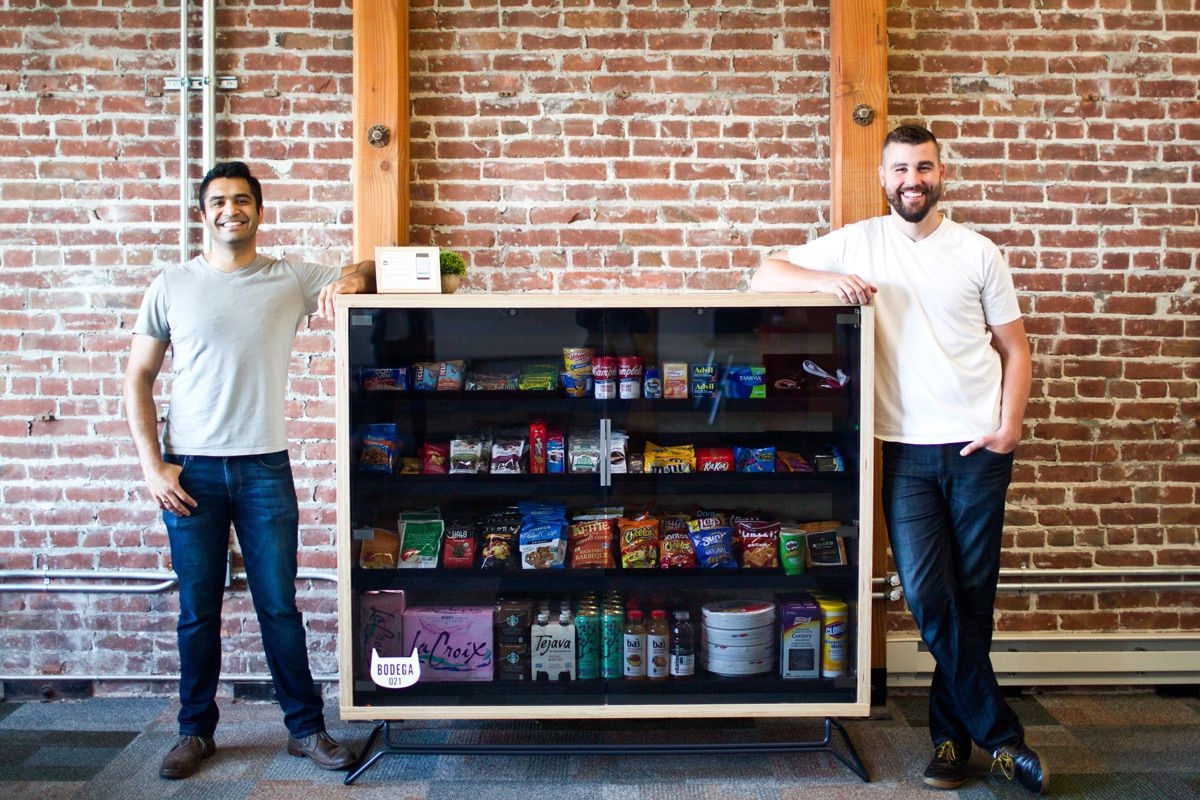
An app-powered vending machine whose name was derived from the mom-and-pop corner shops it’s trying to replace? What could possibly go wrong? That is, unfortunately, the tone-deaf marketing mistake made by Bodega, a Silicon Valley startup named after the local groceries that have become staples of many New York City neighborhoods. Its idea was to sell non-perishable items like toothpaste and snacks in a large cabinet in places like gyms and lobbies of apartments buildings. Enter in a code on the app, grab your desired item and, voila, you’ve gotten the goods without having to brave the outside world.
That sounds like decent idea in theory, but it’s ultimately solving a problem that doesn’t exist. It’s not that hard to walk into a drugstore to get the things you want, and with services like Amazon Prime, you don’t have to leave your house to get them either. There’s also, you know, good old-fashioned vending machines that work just fine without an app. The bigger problem, really, is that name. Bodegas are an important part of the social fabric of living in a city, and even if Bodega’s founders claim they don’t want to actually get rid of mom-and-pop stores, the start-up would essentially be taking away some of their business. Plus, there’s no way a vending machine can serve you up a warm breakfast sandwich and a cup of coffee on the way to work.
(23)

